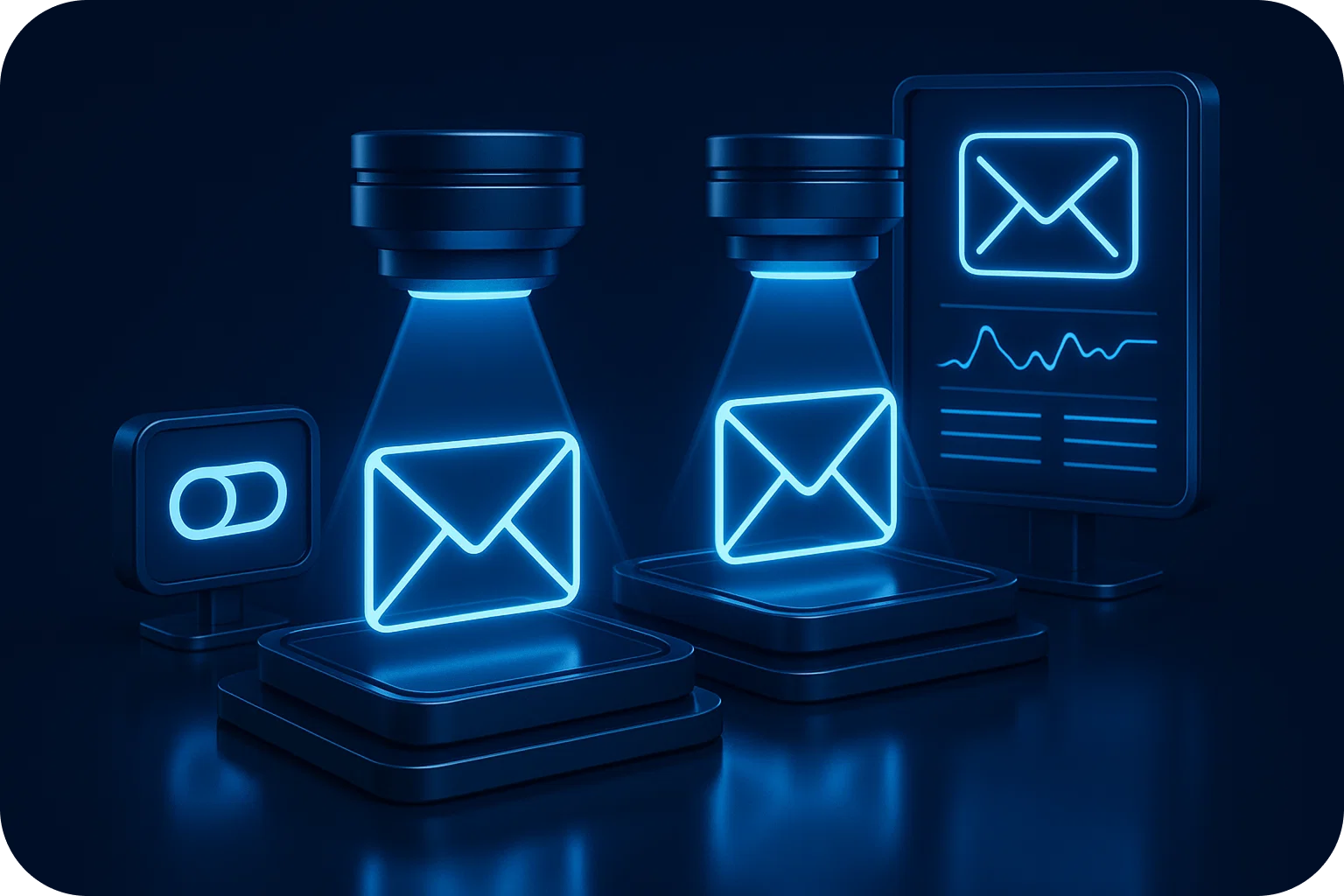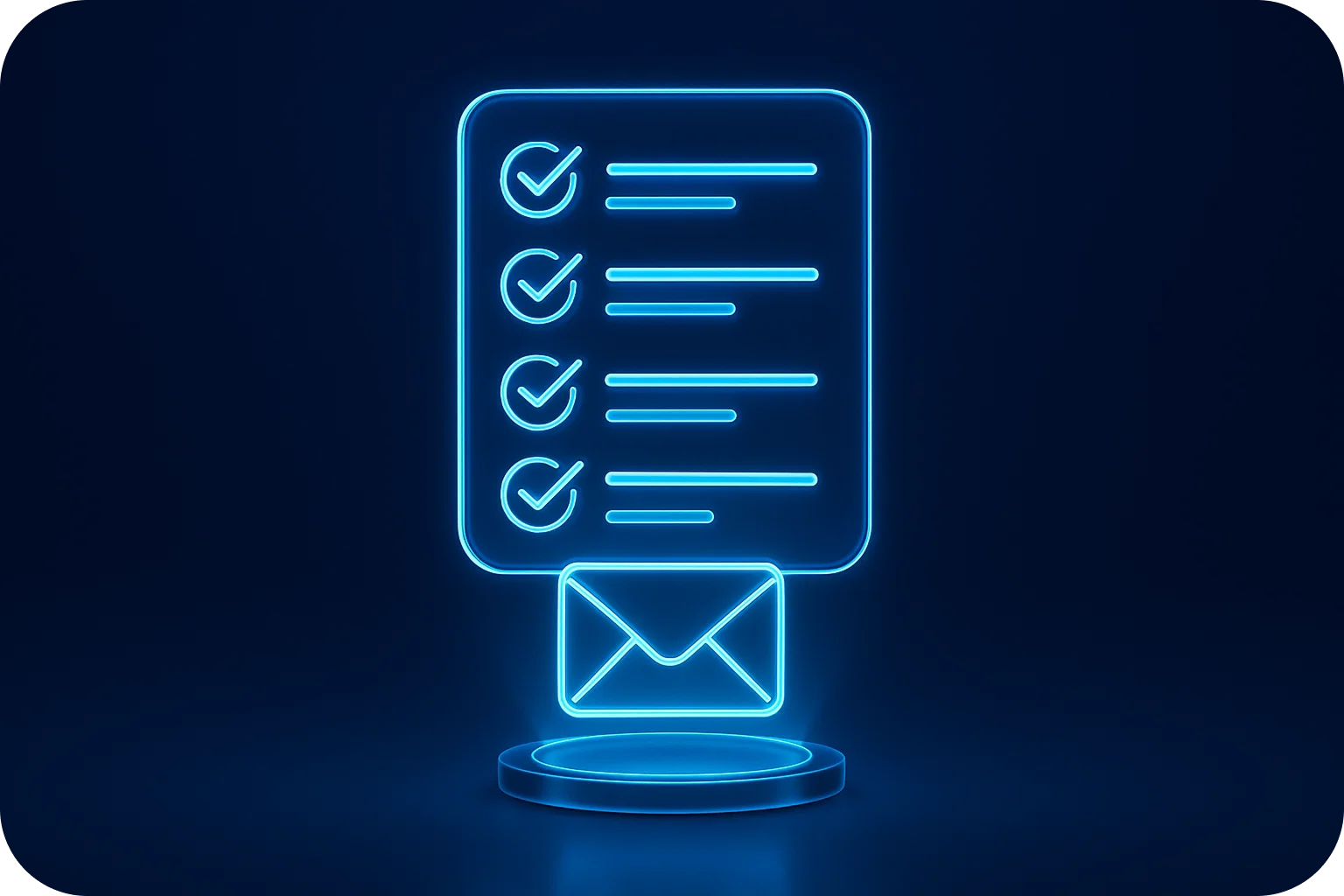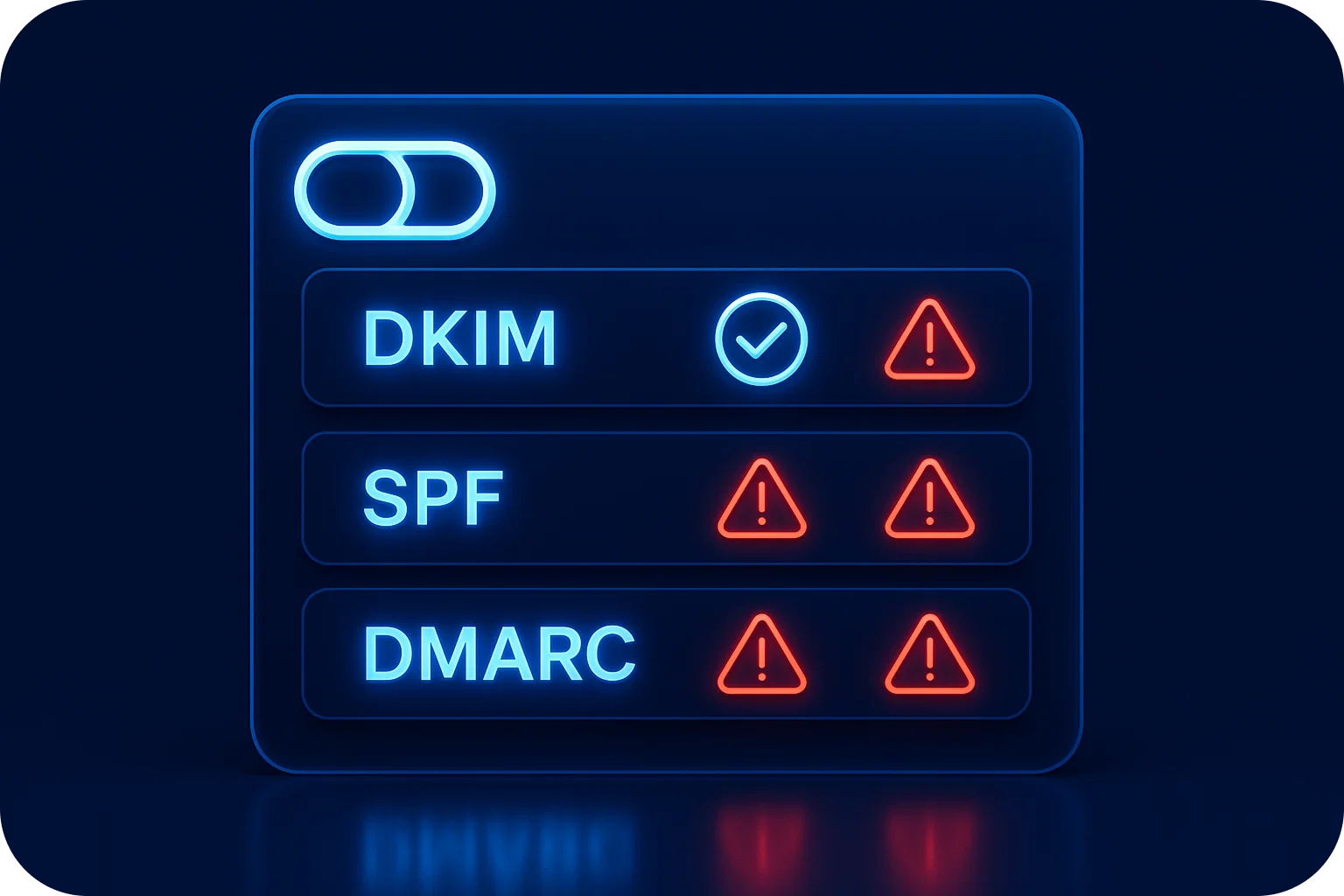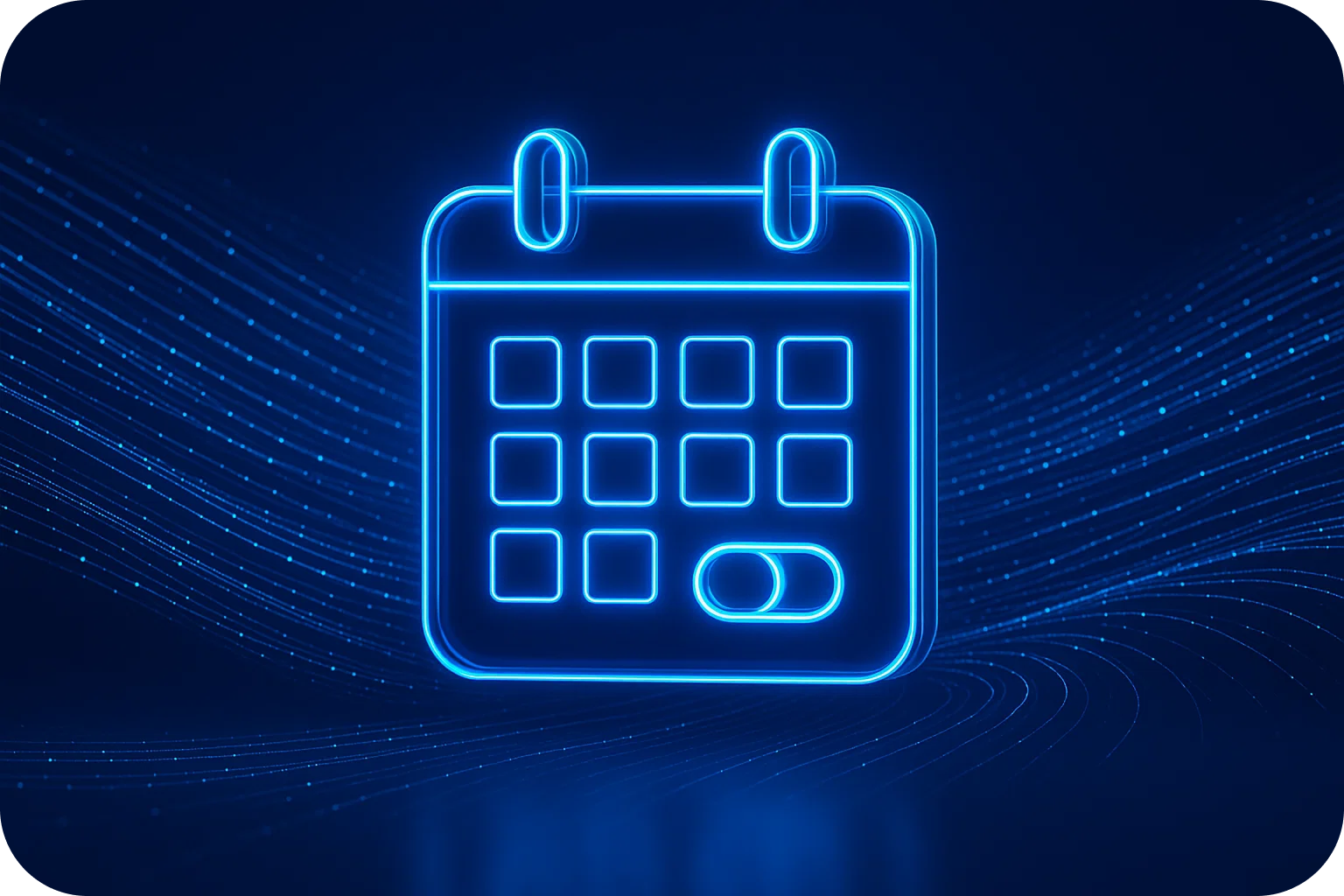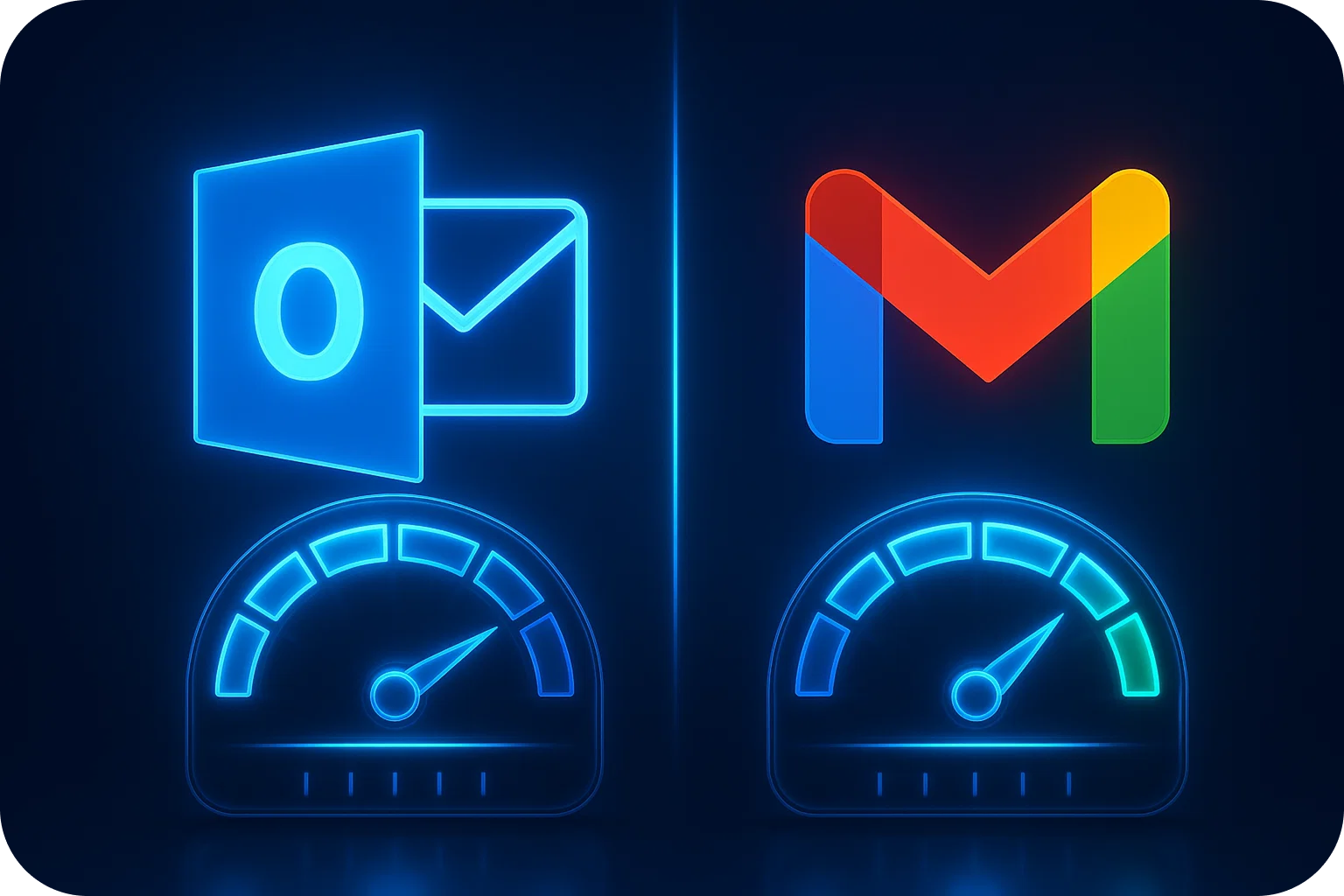AI SDR Agents Are Changing Sales Forever - Here's How to Stay Ahead

The sales landscape is experiencing its most dramatic transformation in decades. AI SDR agents, artificial intelligence systems capable of automating prospecting, outreach, and qualification, are no longer experimental technology. They're becoming the competitive standard, and companies that fail to adapt risk being left behind.
If you're a startup founder, sales leader, or part of a growth team, understanding how AI SDR agents work and how to leverage them effectively isn't optional anymore. It's essential for survival and scale.
What Exactly Is an AI SDR Agent?
An AI SDR (Sales Development Representative) agent is an intelligent software system that automates the traditionally manual work of sales development. Unlike simple email automation tools, AI SDR agents use machine learning and natural language processing to:
- Research prospects by analyzing company data, social profiles, and behavioral signals
- Personalize outreach at scale with context-aware messaging
- Engage in conversations through intelligent email responses
- Qualify leads based on engagement patterns and predefined criteria
- Schedule meetings and hand off qualified prospects to human sales reps
Think of an AI SDR as a tireless team member who works 24/7, never takes a vacation, and continuously improves through data-driven learning. Platforms like Luna and 11x are leading this revolution, enabling companies to scale their outreach 10x, 50x, or even 100x without proportionally increasing headcount.
Why AI SDR Agents Are Becoming Non-Negotiable
The Economics Are Undeniable
Traditional SDR teams are expensive. When you factor in salaries, benefits, training, tools, and management overhead, a single SDR can cost $60,000-$80,000 annually and that's before considering ramp time and turnover.
AI SDR agents operate at a fraction of that cost while delivering consistent performance. More importantly, they scale linearly. Adding capacity doesn't require months of recruiting and training; it requires adjusting your infrastructure and volume settings.
Speed and Volume Advantages
Human SDRs are limited by time. Even the most productive rep can only send 50-100 personalized emails per day while maintaining quality. AI SDR agents can manage thousands of conversations simultaneously, responding to prospects within minutes rather than hours or days.
This speed advantage is critical in competitive markets where the first company to engage a prospect often wins the deal.
Consistency and Quality Control
Human performance varies based on mood, energy, experience, and dozens of other factors. AI SDR agents deliver consistent messaging, follow processes perfectly every time, and never forget to follow up. They also eliminate the risk of human error in data entry, scheduling, or prospect tracking.
The Infrastructure Challenge Nobody Talks About
Here's the reality that catches most companies off guard: AI SDR agents are only as effective as the email infrastructure supporting them.
When you scale from sending 100 emails per day to 10,000, you can't just add more volume to your existing setup. Email service providers and inbox providers have strict sending limits, spam filters have become increasingly sophisticated, and deliverability issues multiply exponentially at scale.
The Deliverability Crisis
Most companies implementing AI SDR agents hit a wall within weeks. Their emails start landing in spam folders. Domains get blacklisted. Inboxes get flagged. Suddenly, that AI SDR sending thousands of emails is generating zero results because none of those messages are reaching actual humans.
The problem isn't the AI, it's the infrastructure. Traditional email setups weren't designed for the volume and patterns that AI SDR agents create.
What Proper Infrastructure Looks Like
To successfully deploy AI SDR agents at scale, you need:
- Multiple domains to distribute sending volume and protect your primary brand domain
- Dedicated email accounts are properly warmed up and maintained
- Professional DNS configuration, including SPF, DKIM, and DMARC records
- Intelligent rotation across inboxes to stay within provider limits
- Continuous deliverability monitoring to catch and fix issues before they escalate
- Provider diversity across Google Workspace, Microsoft 365, and other platforms
Building and maintaining this infrastructure in-house requires specialized expertise, constant attention, and significant ongoing investment. For most companies, it's a distraction from core business activities.
How Leading Companies Are Winning With AI SDR Agents
Strategy 1: Start With Infrastructure, Then Scale AI
The most successful implementations follow a deliberate sequence. Before turning on AI SDR agents at full volume, they establish a robust email infrastructure capable of handling the load. This means:
- Setting up 5-10 domains per major campaign or market segment
- Creating 3-5 email accounts per domain (15-50 total inboxes)
- Warming up those inboxes over 3-4 weeks with gradually increasing volume
- Testing deliverability across major providers before full deployment
This foundation-first approach prevents the deliverability disasters that derail most AI SDR implementations.
Strategy 2: Treat Deliverability as a Core Metric
Companies that succeed with AI SDR agents monitor inbox placement rates as closely as they track conversion rates. They understand that a 50% spam rate means half their AI's work is wasted, regardless of how sophisticated the personalization or targeting might be.
Leading teams maintain 96-98% inbox placement rates by continuously monitoring sender reputation, rotating domains strategically, and responding immediately to deliverability signals.
Strategy 3: Optimize for Volume and Quality
The goal isn't just to send more emails; it's to send more emails that get delivered, opened, and generate responses. This requires balancing:
- Volume limits: Staying within 20-100 emails per inbox per day, depending on account age and reputation
- Domain distribution: Using 3-5 inboxes per domain maximum to avoid concentration risk
- Content quality: Ensuring AI-generated messages pass spam filters and resonate with humans
- Engagement signals: Monitoring reply rates, bounce rates, and spam complaints
The Real Cost of Getting Infrastructure Wrong
When email infrastructure fails, the consequences cascade quickly:
- Wasted AI investment: You're paying for an AI SDR agent that's sending emails nobody receives
- Brand damage: Spam complaints and blacklisting harm your company's reputation
- Lost opportunities: Prospects you could have reached are going to competitors instead
- Team distraction: Your technical team spends weeks troubleshooting deliverability instead of building product
- Delayed revenue: Every week of infrastructure problems is a week of missed pipeline generation
For a growth-stage startup, these delays can be existential. In competitive markets, six months of infrastructure struggles might mean the difference between winning and losing a category.
How to Implement AI SDR Agents Successfully
Step 1: Audit Your Current Email Infrastructure
Before deploying AI SDR agents, honestly assess your current setup. Can it handle 10x or 100x your current volume? Do you have proper DNS configuration? Are your domains properly warmed up? Most companies discover significant gaps in this audit.
Step 2: Build or Partner for Infrastructure
You have two options: build email infrastructure in-house or partner with a specialized platform. Building in-house gives you control but requires dedicated expertise and ongoing maintenance. Partnering with a platform like Mailpool provides enterprise-grade infrastructure in minutes rather than months and support for unlimited domains and inboxes.
Step 3: Choose Your AI SDR Platform
Select an AI SDR agent that integrates with your infrastructure and matches your use case. Platforms like Luna and 11x offer different strengths; research their capabilities, integration options, and pricing to find the best fit.
Step 4: Start Small, Then Scale Systematically
Begin with a limited campaign targeting a specific segment. Monitor deliverability, response rates, and conversion metrics closely. Once you've validated the approach and confirmed strong inbox placement rates, gradually increase volume while maintaining quality standards.
Step 5: Monitor and Optimize Continuously
AI SDR success requires ongoing attention to deliverability metrics, content performance, and conversion rates. Set up dashboards that track inbox placement, response rates, and pipeline generation. Adjust your approach based on data, not assumptions.
What the Future Holds
AI SDR agents are still in their early stages. As natural language processing improves and AI systems become more sophisticated, these agents will handle increasingly complex sales conversations. Within 2-3 years, AI SDRs will likely manage entire sales cycles for certain transaction types, not just the top of the funnel.
Companies that build strong infrastructure and develop AI SDR expertise now will have a massive advantage over those who wait. The learning curve is real, and early movers are establishing best practices that will become industry standards.
Your Next Steps
If you're serious about leveraging AI SDR agents to scale your sales operation, start with infrastructure. You can have the most sophisticated AI in the world, but without proper email infrastructure, you're building on sand.
The companies winning with AI SDR agents right now aren't necessarily the ones with the biggest budgets or the most advanced AI. They're the ones who recognized that deliverability infrastructure is the foundation of scalable cold outreach.
Whether you build that infrastructure in-house or partner with a specialized platform, make it your priority. The AI SDR revolution is happening now, and the window to establish a competitive advantage is closing.
The question isn't whether AI SDR agents will transform your industry; they already are. The question is whether you'll be leading that transformation or scrambling to catch up.
More articles
Get started now




%201.png)
